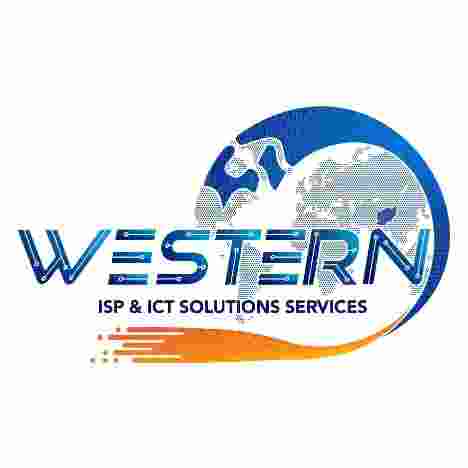1. Define project scope, objectives, and deliverables in alignment with stakeholder requirements.
2. Developed detailed project plans, timelines, budgets, and resource allocation strategies.
3. Collaborate with engineers to design fiber network layouts, ensuring technical feasibility and cost-efficiency.
4. Conduct risk assessments and create mitigation plans for potential challenges (e.g., permit delays, supply chain issues).
5. Oversee procurement of materials (e.g.; fiber cables, equipment) and manage vendor/contractor relationships.
6. Coordinate cross-functional teams (construction, technicians, engineers) to adhere to design specifications and schedule.
7. Communicate with stakeholders (clients, communities, authorities) to address concerns and provide updates.
8. Track project progress, budget adherence, and quality standards using tools like Gantt charts or PM software.
9. Implement corrective actions for delays or scope changes (e.g., resource reallocation, timeline adjustments).
10. Conduct regular site inspections and quality audits to ensure installations meet industry standards.
11. Validate completion of deliverables and perform final testing/acceptance of the network.
12. Hand over documentation (as-built drawings, compliance certificates, test results) to clients.
13. Lead post-project reviews to identify lessons learned and improve future processes.
14. Finalize contracts, payments, and resource demobilization.
15. Enforce strict adherence to health, safety, and environmental regulations.
16. Ensure minimal disruption to communities and existing infrastructure during deployment.
17. Lead and mentor project teams, fostering collaboration and resolving conflicts.
18. Maintain relationships with vendors, contractors and utility providers.
19. Address post-installation customer feedback and ensure satisfaction.
20. Provide regular updates to senior management on project status, risks, and outcomes.
21. Stay informed on emerging FTTH technologies and industry trends to drive innovation.

